Good running mechanics not only allows competitive runners to perform at their peak, but it reduces the risk of injury in everyday runners who run for exercise, weight management, and just for the sheer joy of running. However, not all runners run on the same terrain, and many argue that assessing running gait on a treadmill does not give you a real-world picture of the subject’s everyday running style.
Call NYDNRehab today to schedule your running gait analysis session, and get ready to take your running to a whole new level.


Dr.Kalika has revolutionized running injury care and treatment by using high resolution diagnostic ultrasonography for structural diagnosis, combined with sophisticated gait and motion analysis technology. The NYDNRehab running gait analysis lab is the only private lab in the US to feature research-grade technologies found only in the world’s top research labs, and made available to patients in our private clinic. Dr.Kalika’s modern approach to gait and motion analysis has put him on the radar of some of the world’s top distance runners, pro athletes and professional ballet dancers.
 Dr. Yuri Brosgol
MD
Dr. Yuri Brosgol
MD
 Dr. Michael Goynatsky
DPT
Dr. Michael Goynatsky
DPT
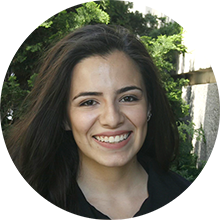 Dr. Daniela Escudero
DPT
Dr. Daniela Escudero
DPT
 Dr. Michelle Agyakwah
DC
Dr. Michelle Agyakwah
DC
 Dr. Tatyana Kapustina
L. Ac.
Dr. Tatyana Kapustina
L. Ac.
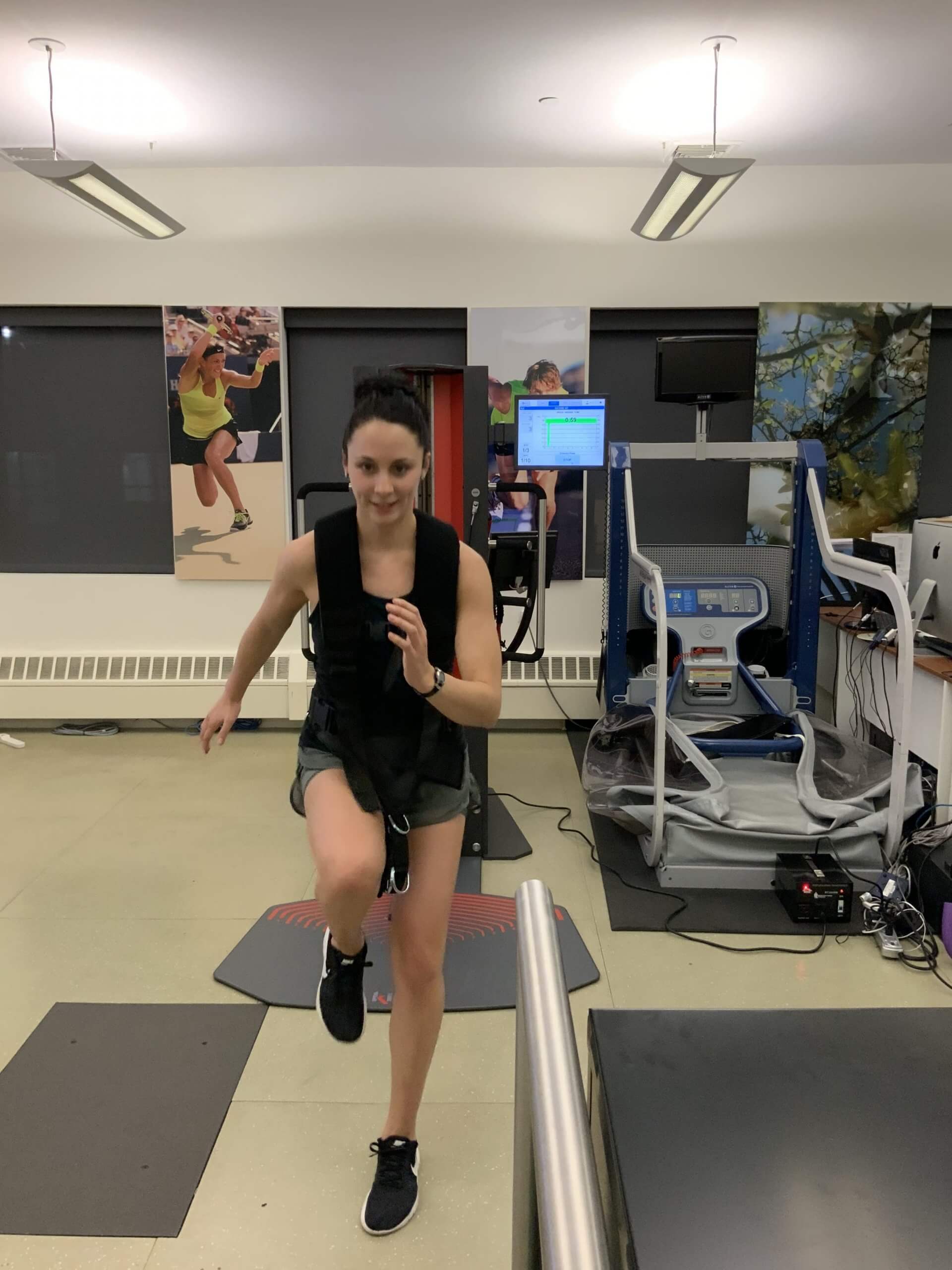
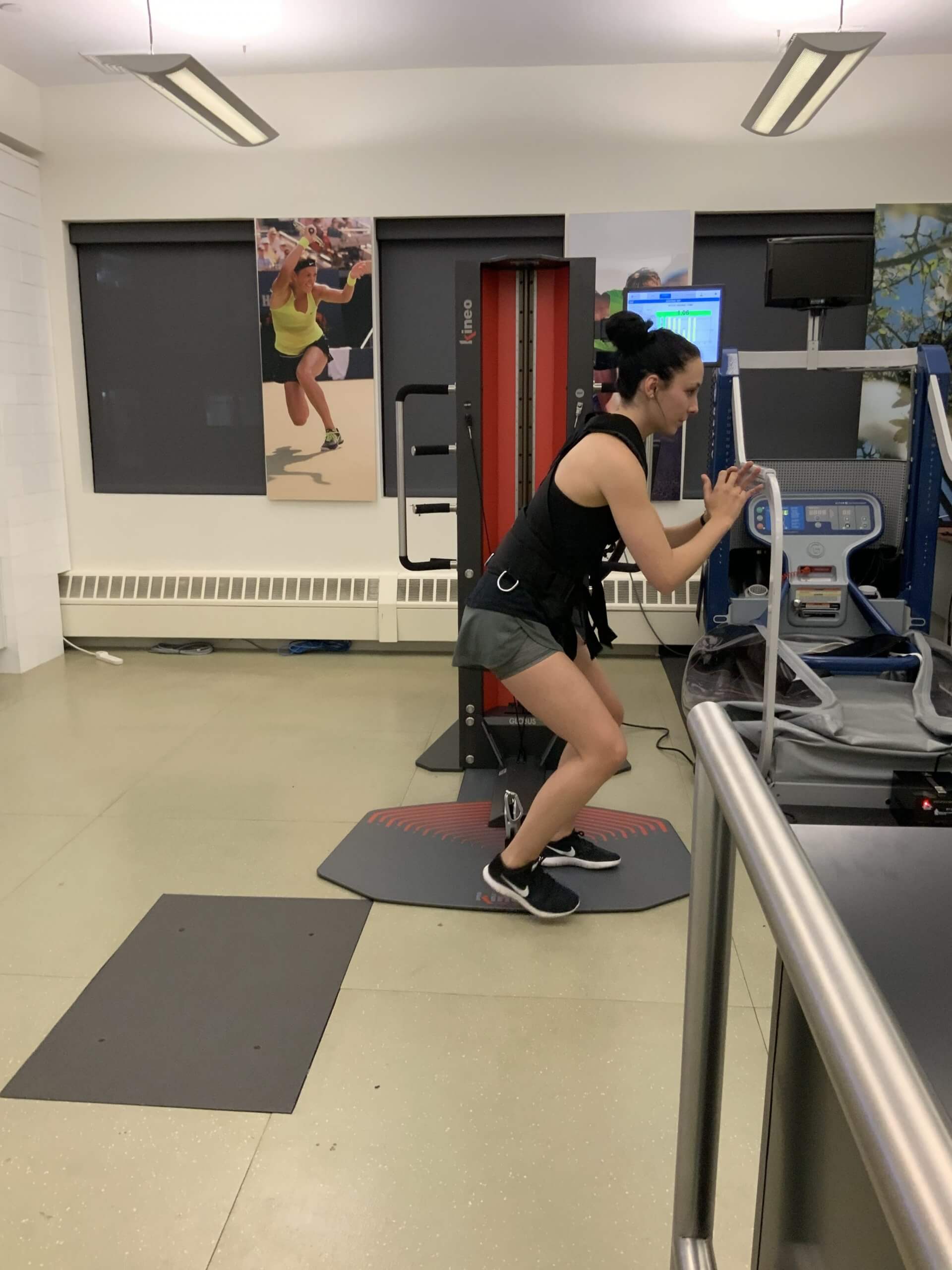
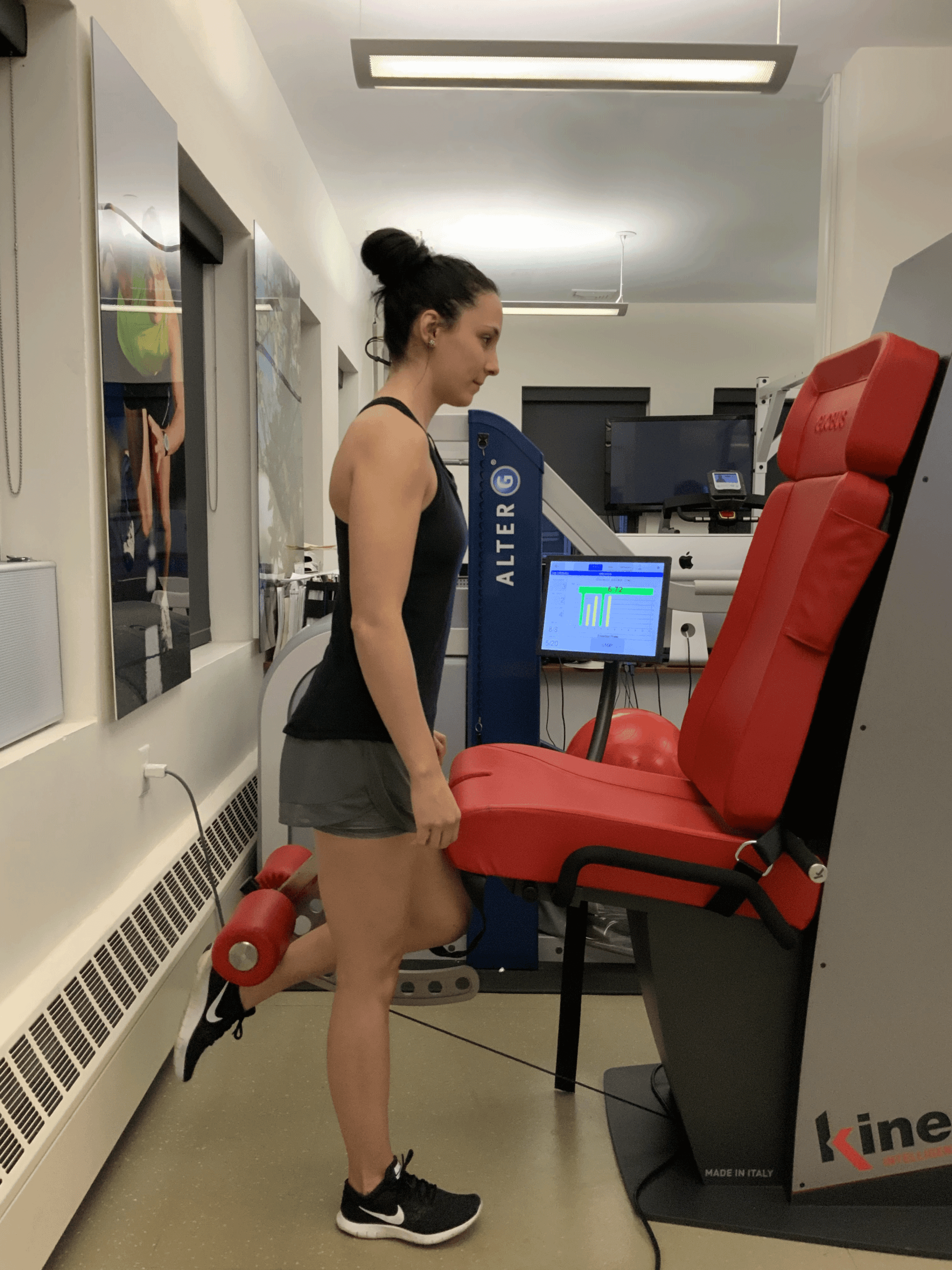
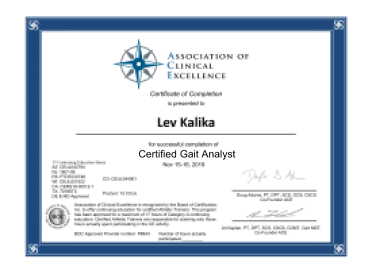
Despite 10 years of experience with instrumented gait analysis, attending multiple running medicine conferences, certification in clinical biomechanics, and personal experience with Chris Powers, I decided to undertake this additional certification to ensure that no single detail concerning the assessment and treatment of running injuries escapes me.
Dr. Lev Kalika is a world-recognized expert in musculoskeletal medicine. with 20+ years of clinical experience in diagnostic musculoskeletal ultrasonography, rehabilitative sports medicine and conservative orthopedics. In addition to operating his clinical practice in Manhattan, he regularly publishes peer-reviewed research on ultrasound-guided therapies and procedures. He serves as a peer reviewer for Springer Nature.
Dr. Kalika is an esteemed member of multiple professional organizations, including: